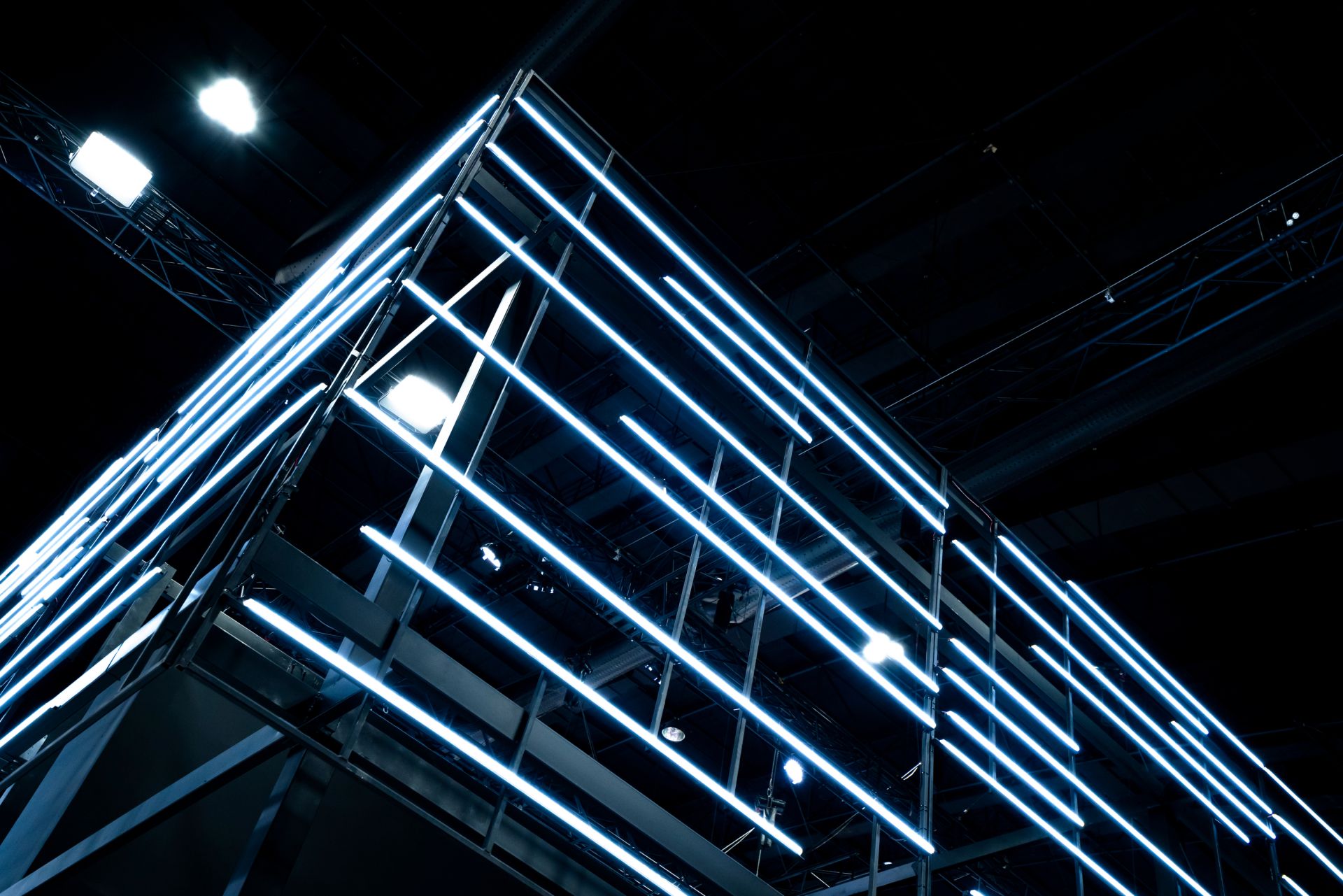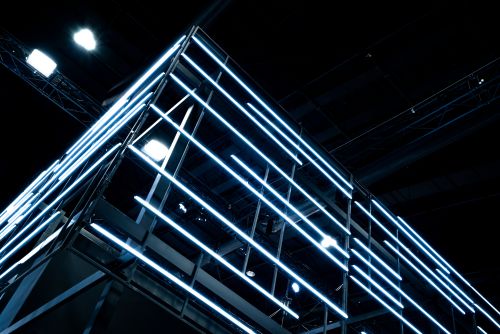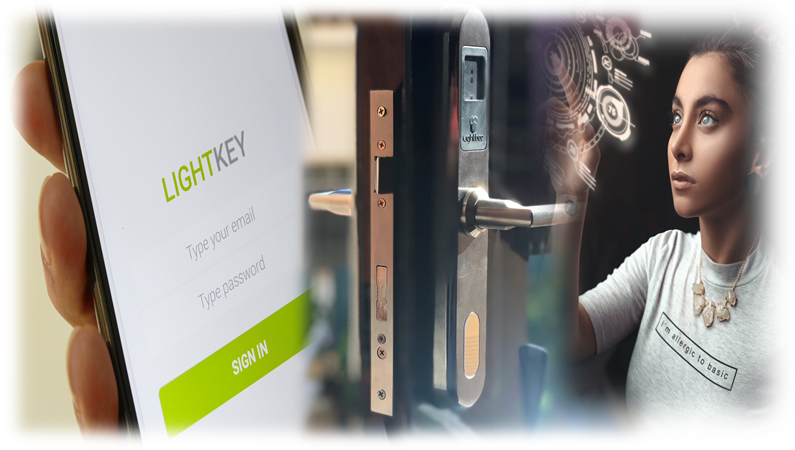
 ABOUT US
ABOUT US
LightBee is a company with an experienced team in Visible Light Communication Technology (VLC), having brought the best researchers of LED and photonic technology together over the years, in order to improve and develop VLC technology apps. Our team is multidisciplinary and has an excellent reputation in the LED sector. As one of the leading companies in this area, we have experience in wireless optic communication, coding schemes, VLC and RF apps, sensor networks and business management.
Our team are pioneers, who inspired by VLC offer you global solutions. The founders of the company have over 20 years of experience and they stand out for their vision of international B2B relationships and product strategies, having developed many relationships over all these years of dedication to Lightbee. We have proved our worth through our developments in R+D (research and development) technology, having actively taken part in industrial development projects as well as R+D on an international level, which has allowed us to greatly expand our knowledge, thereby increasing Lightbee´s innovative growth. Our experience is based on a combination of technical and business knowledge, with a long history of enabling companies to grow through the innovation of products and processes.
Nowadays, there is a growing number of scenarios -in-house domestic applications, traffic lights, hospitals, hotels, etc.- where illumination devices based on visible LED lamps are used. This interest is not only motivated by economic reasons (as the price of individual lamps is still higher than that of traditional ones, although it is rapidly becoming cheaper and cheaper) but by energetic or environmental considerations. These lamps combine very low power consumption with an extremely long operational life, maintaining during all their operation the same chromaticity without significant changes. LED lamps can be also used as communications emitters without losing their main functionality as illumination sources. This technique (known as Visible Light Communications or VLC) does not only maintain the usual capabilities of wireless optical transceivers (robustness against EM interference, absence of EM compatibility constraints and secure transmissions as radiation is confined by walls) but is also eye-safe (as it uses visible wavelengths). Additionally, as they are used as lamps, the amount of optical emitted power is enough to provide full transmission coverage over a regular size room. So we have a huge amount of low-cost COTS (commercial off-the-shelf) optical emitters available that can be used wherever we need to provide illumination and to broadcast data jointly.




